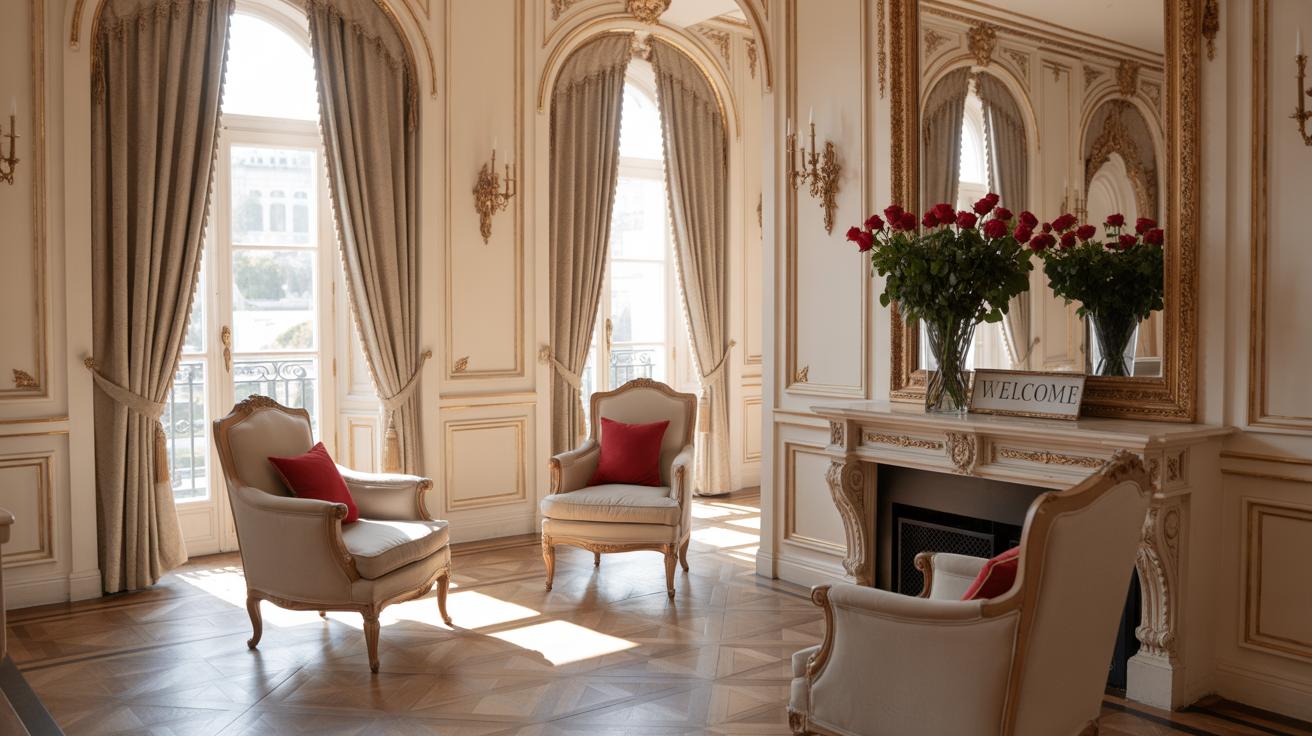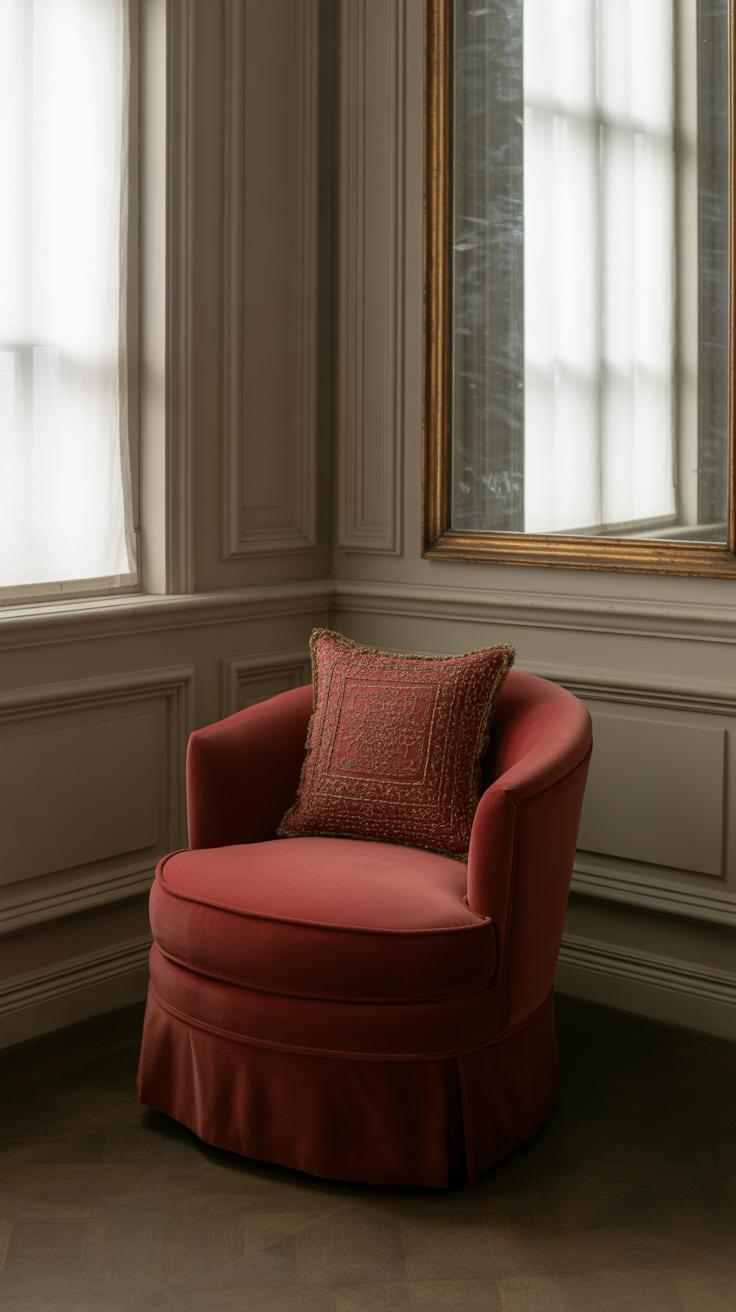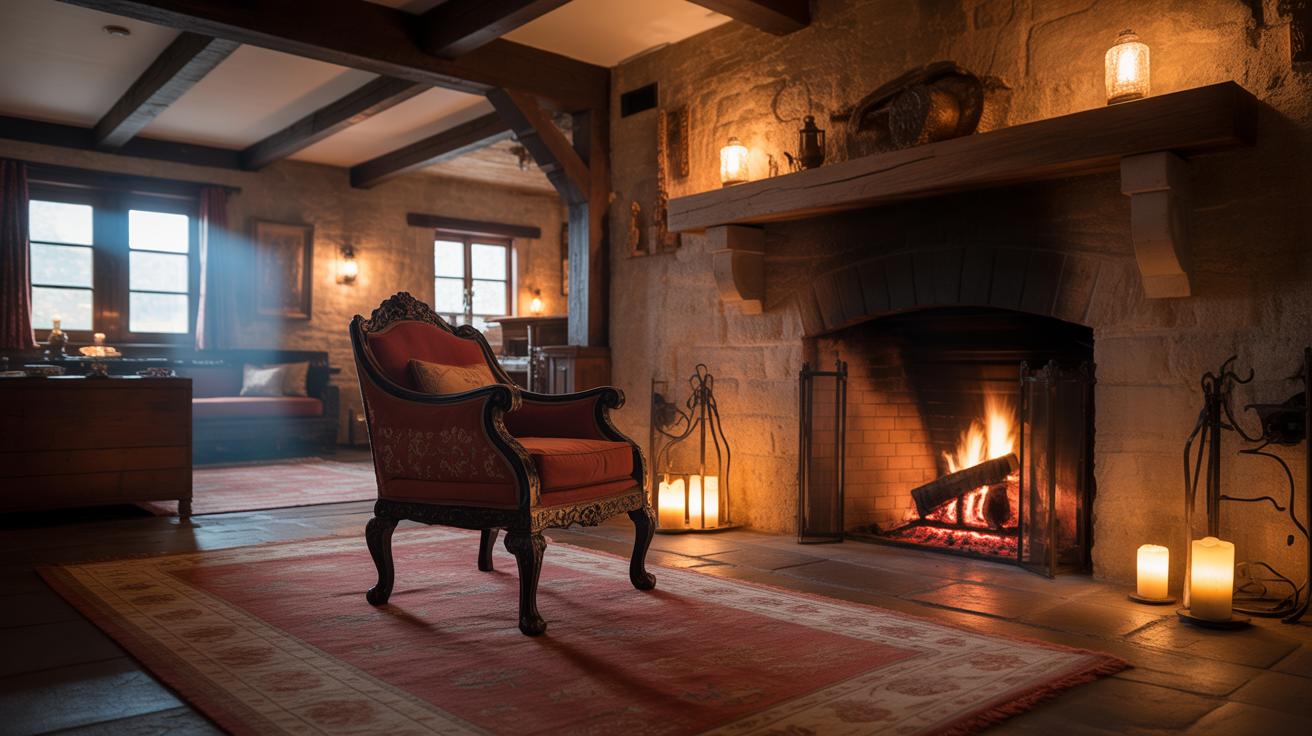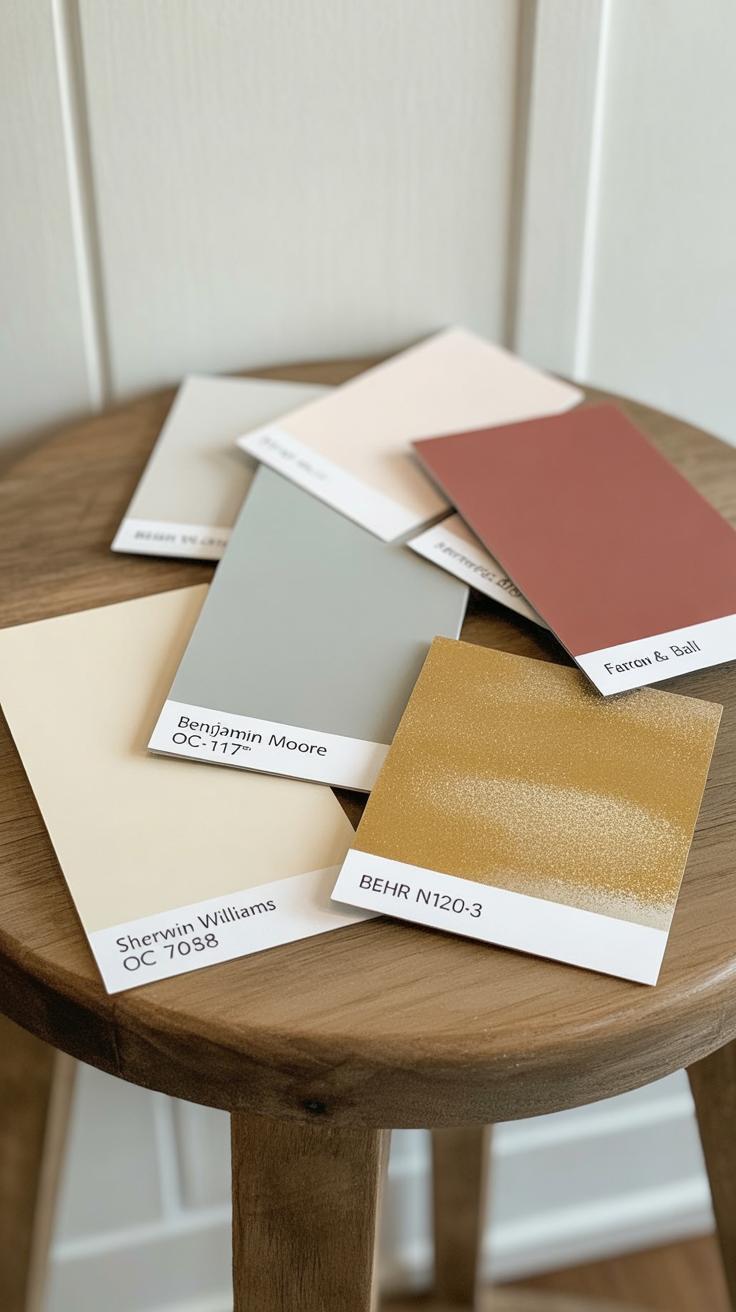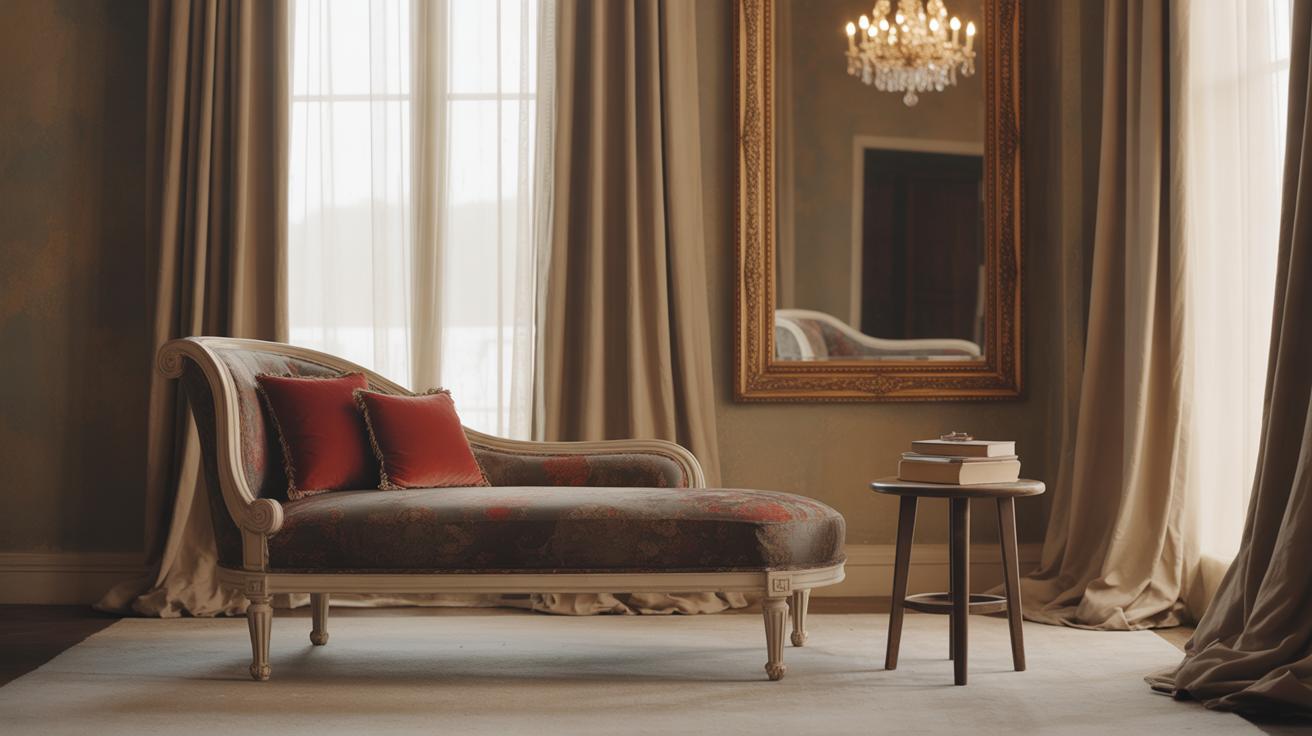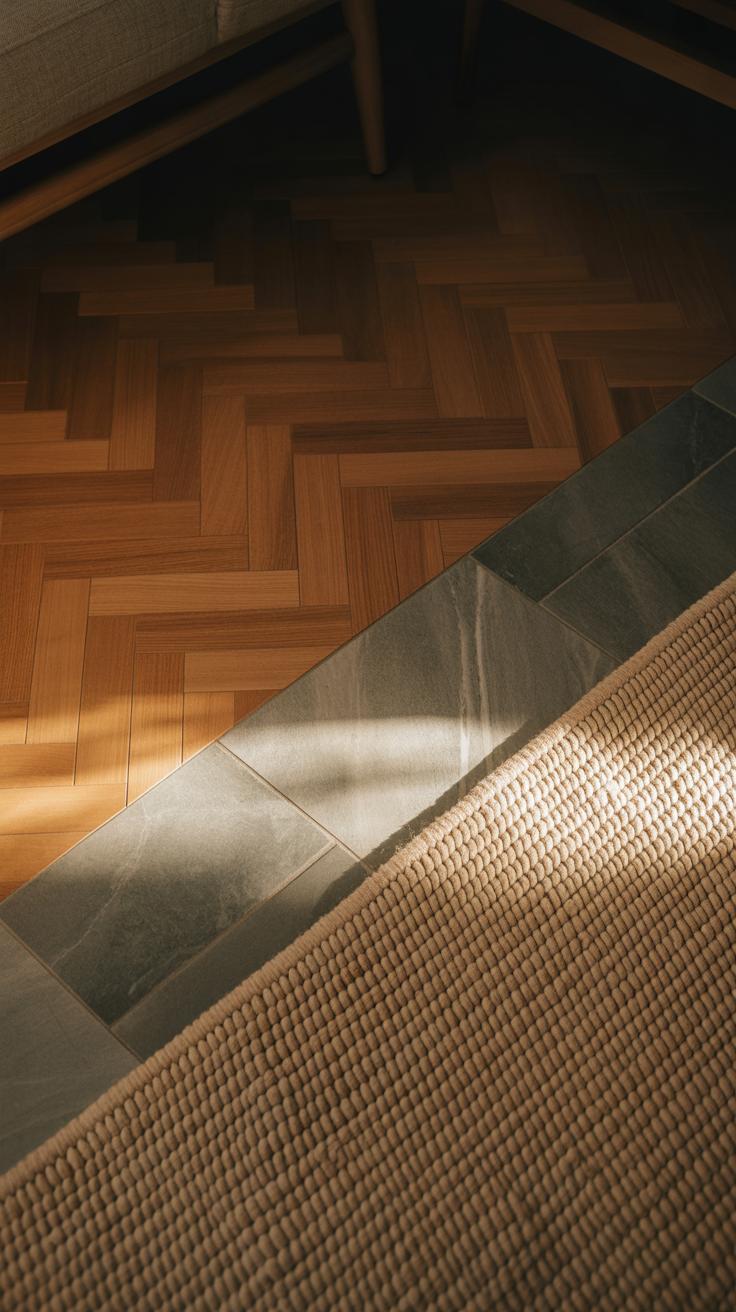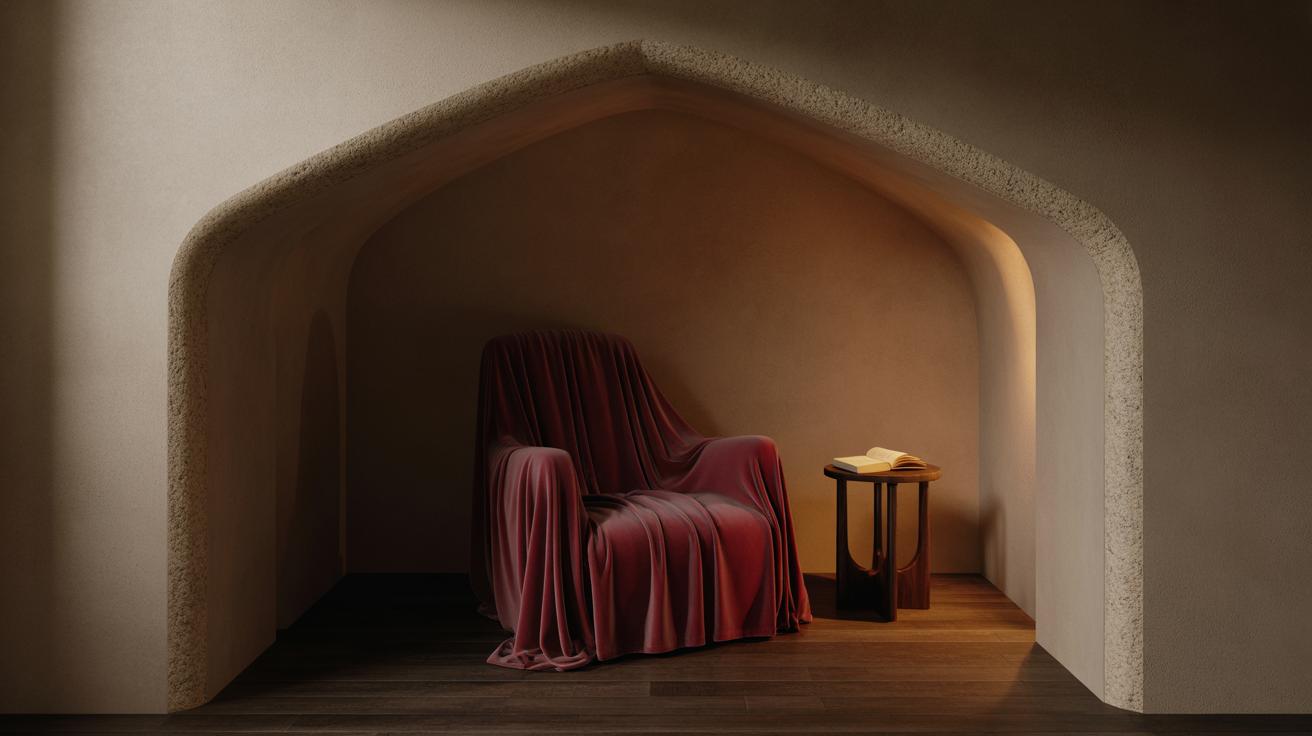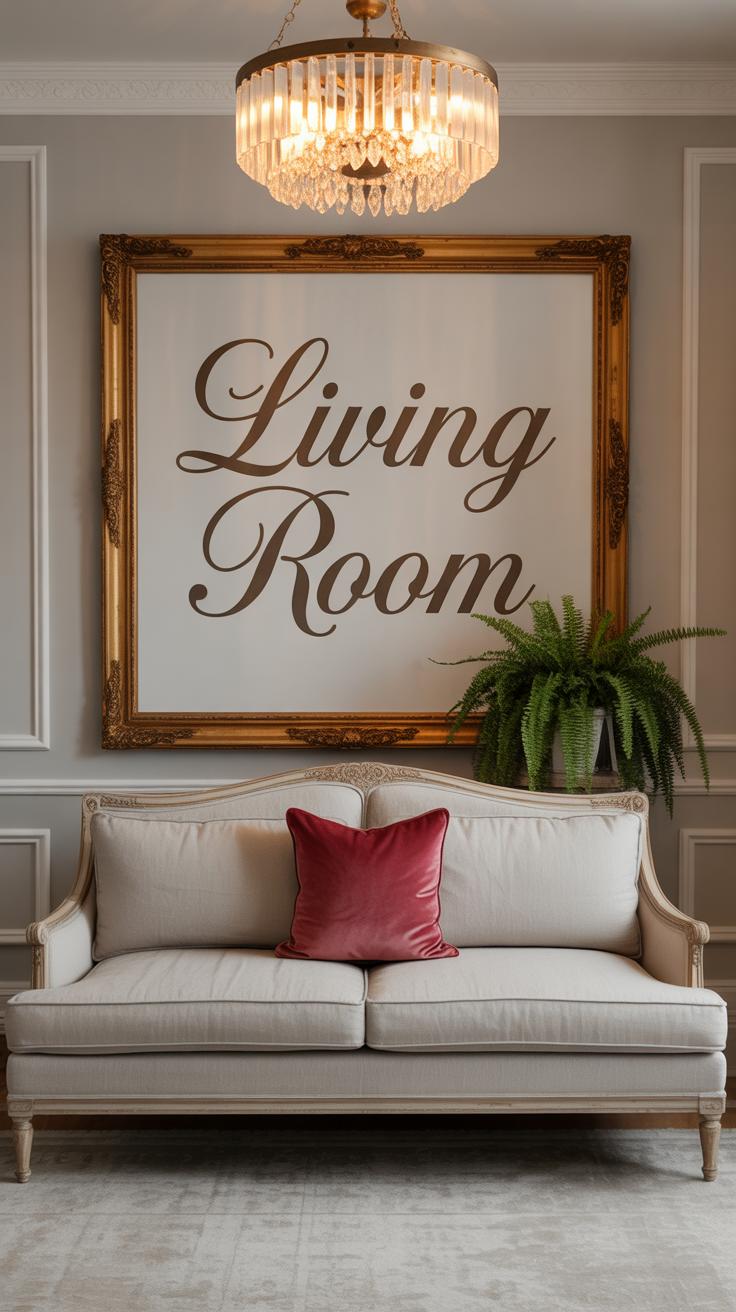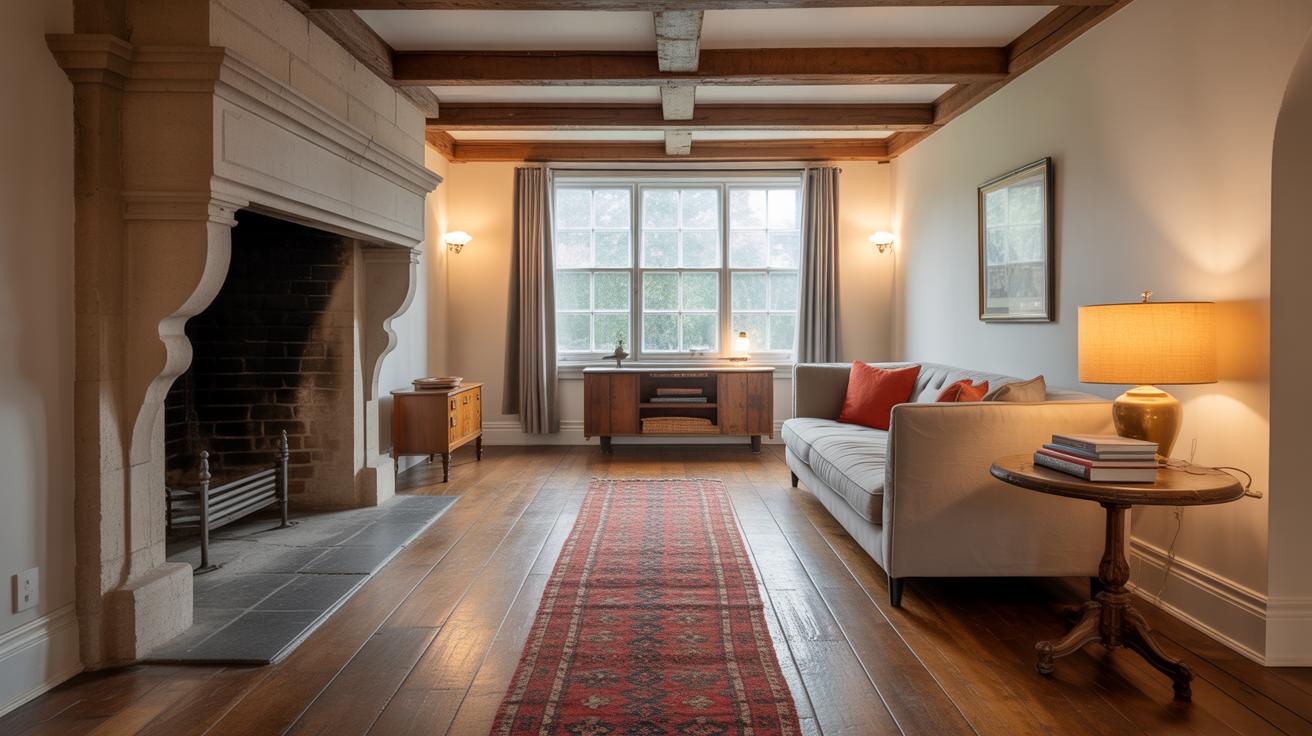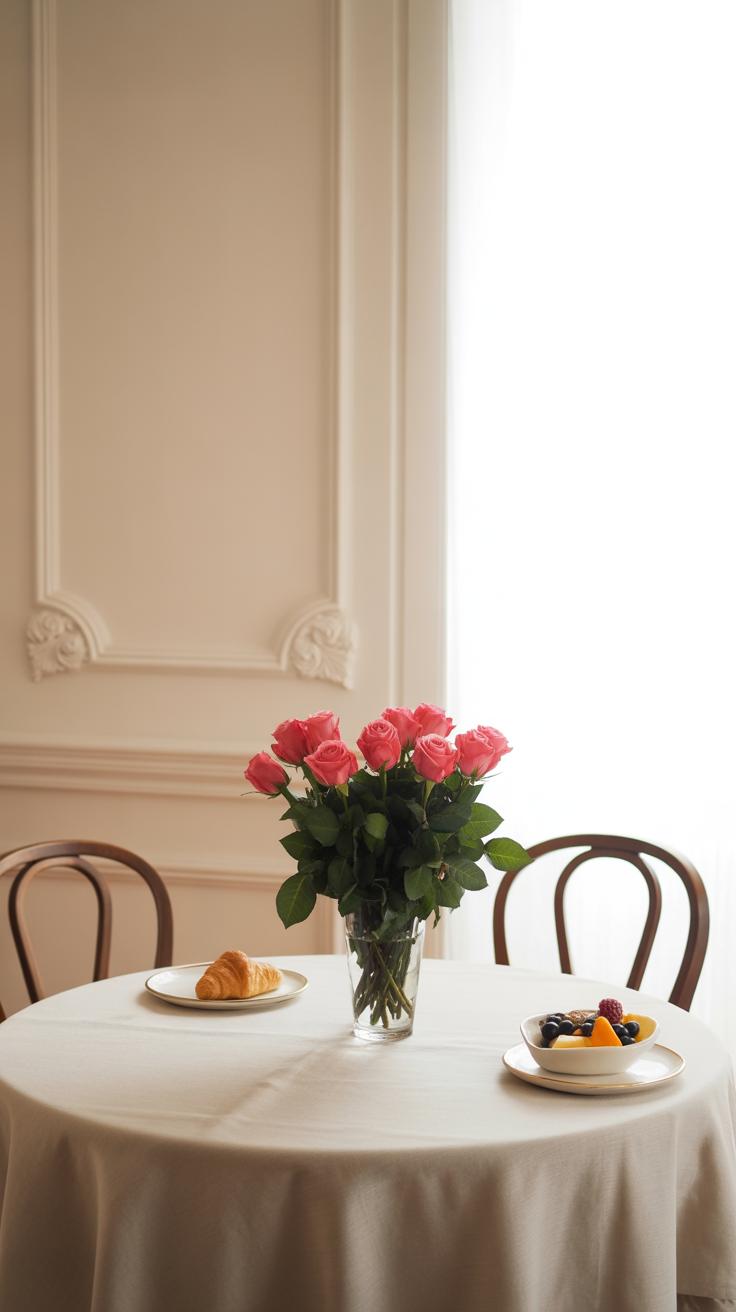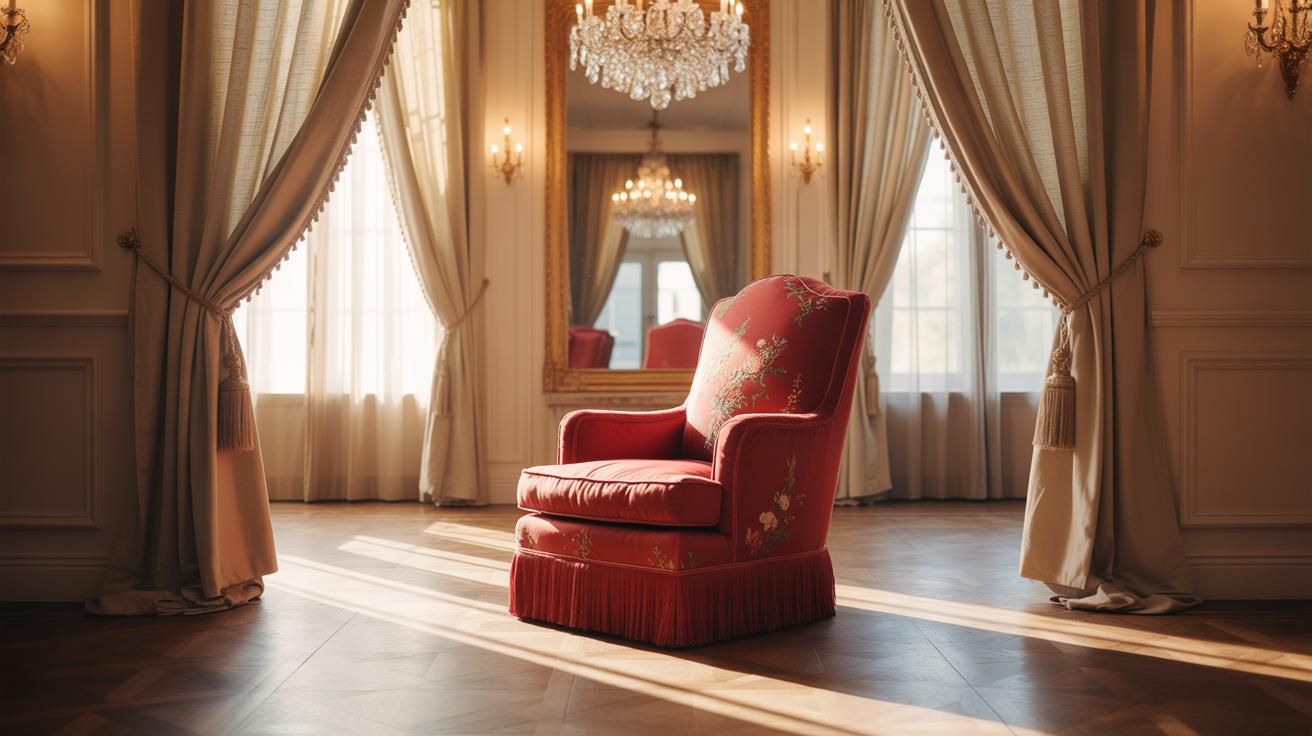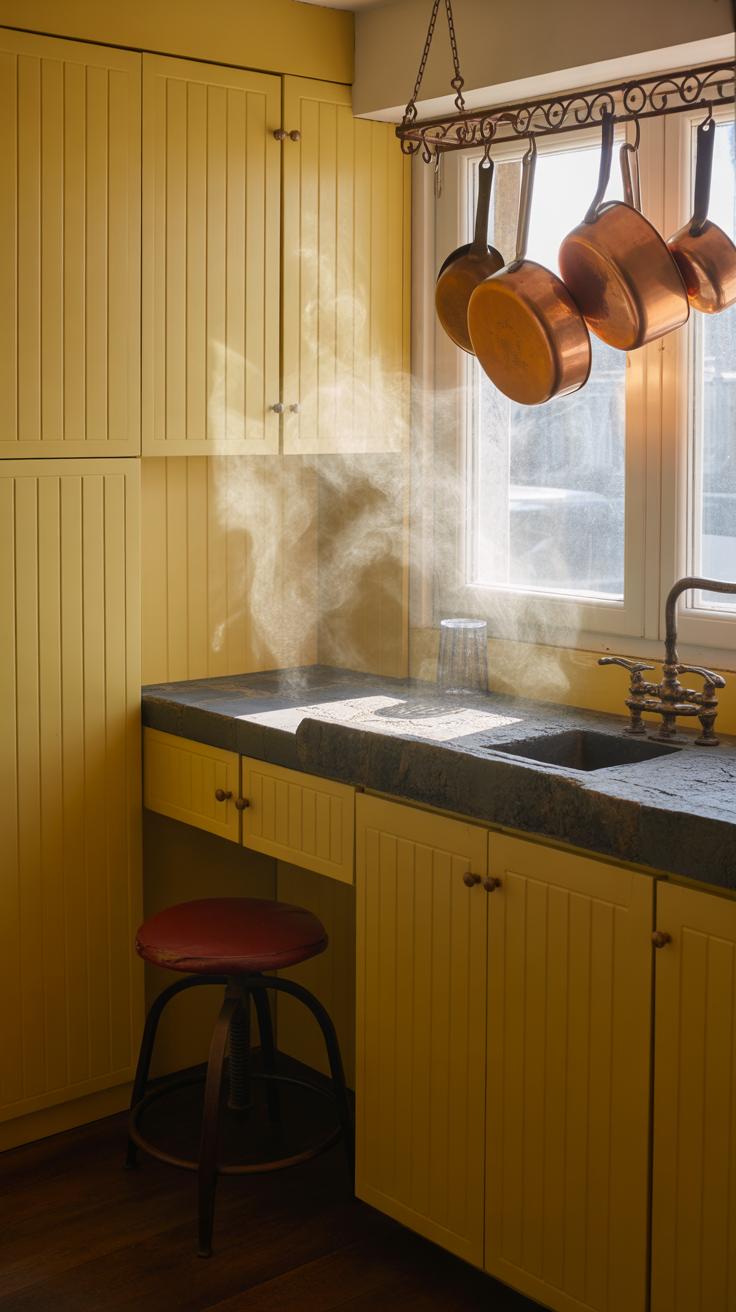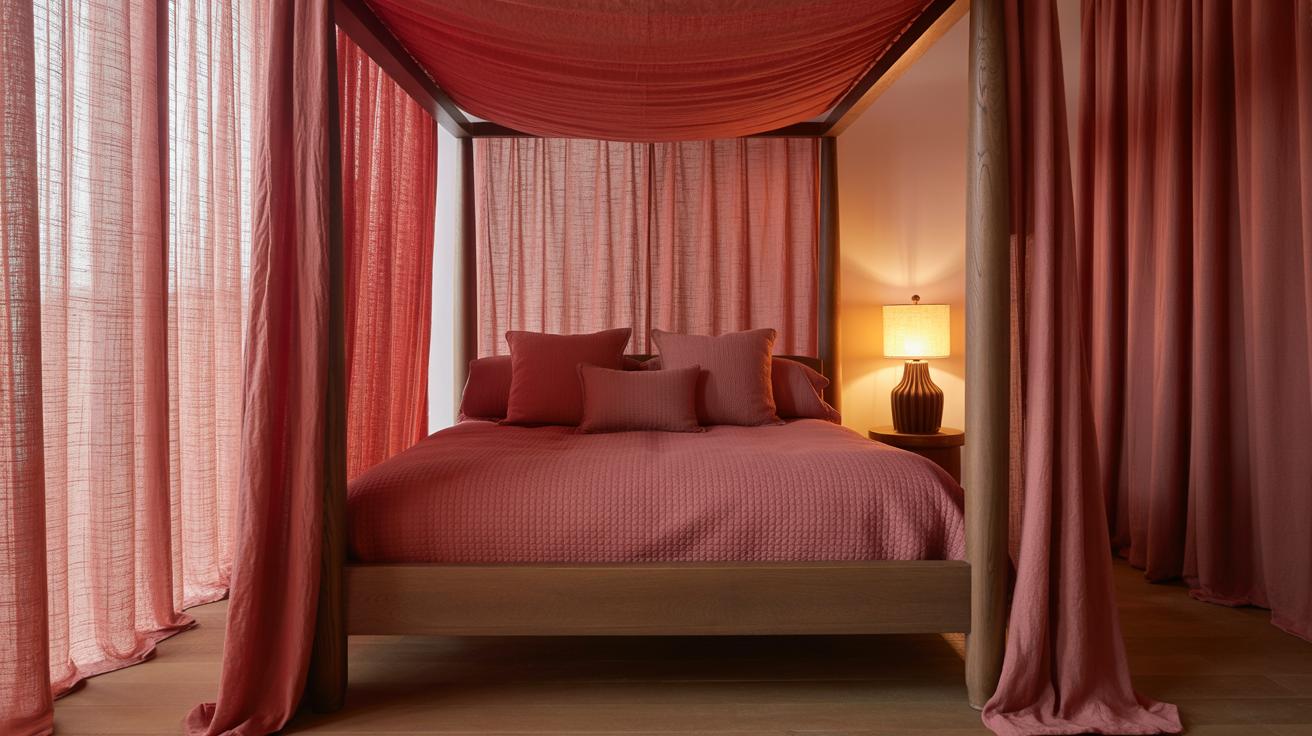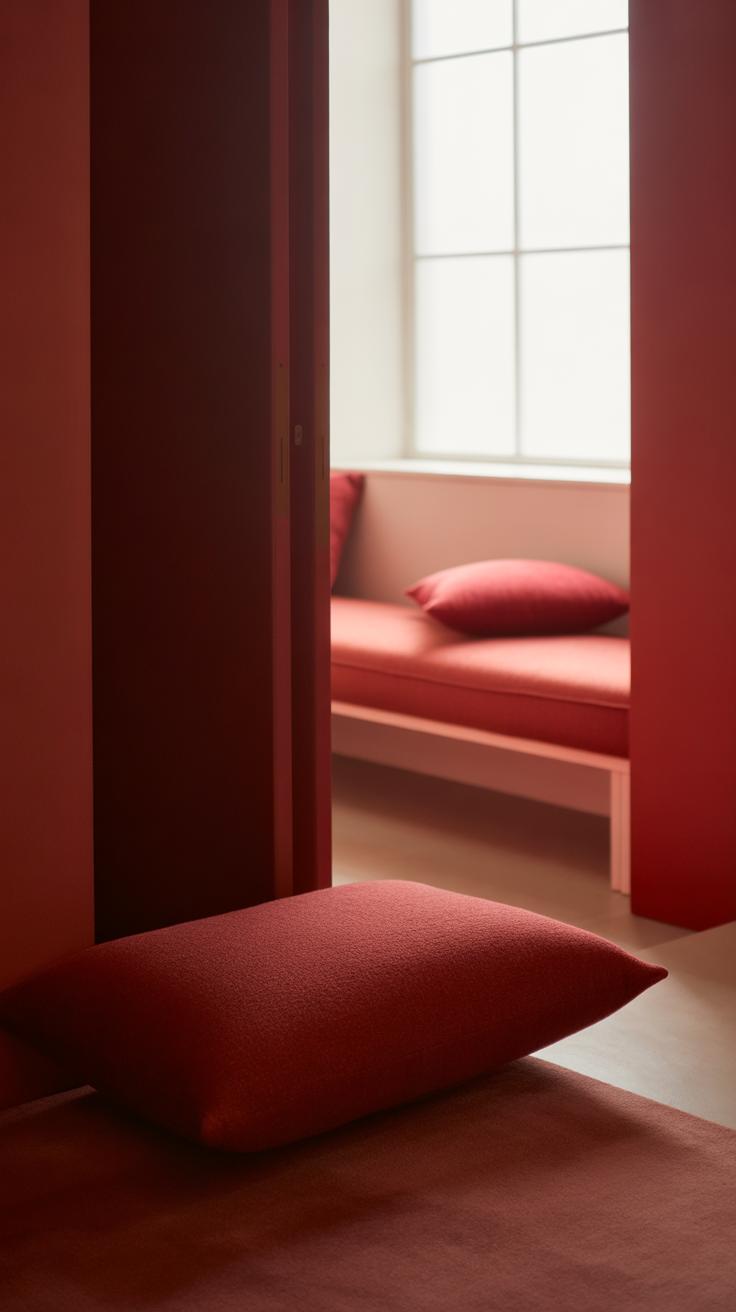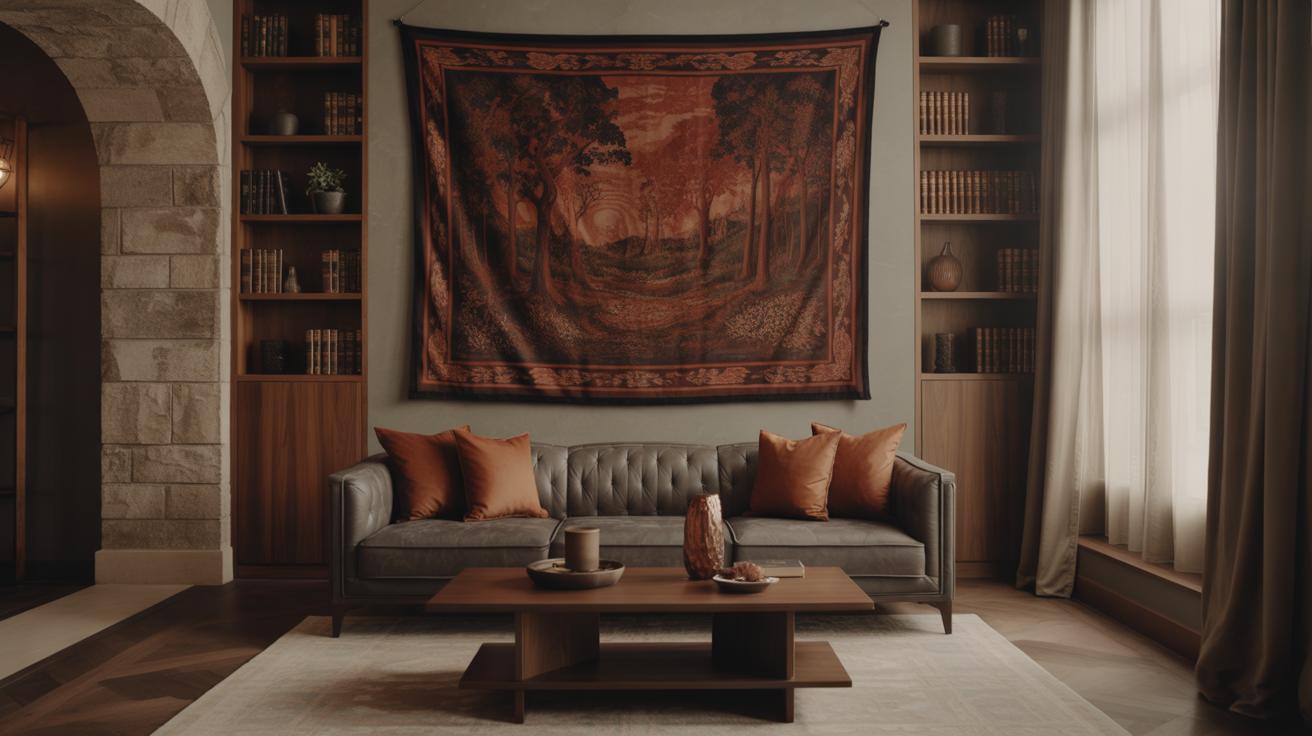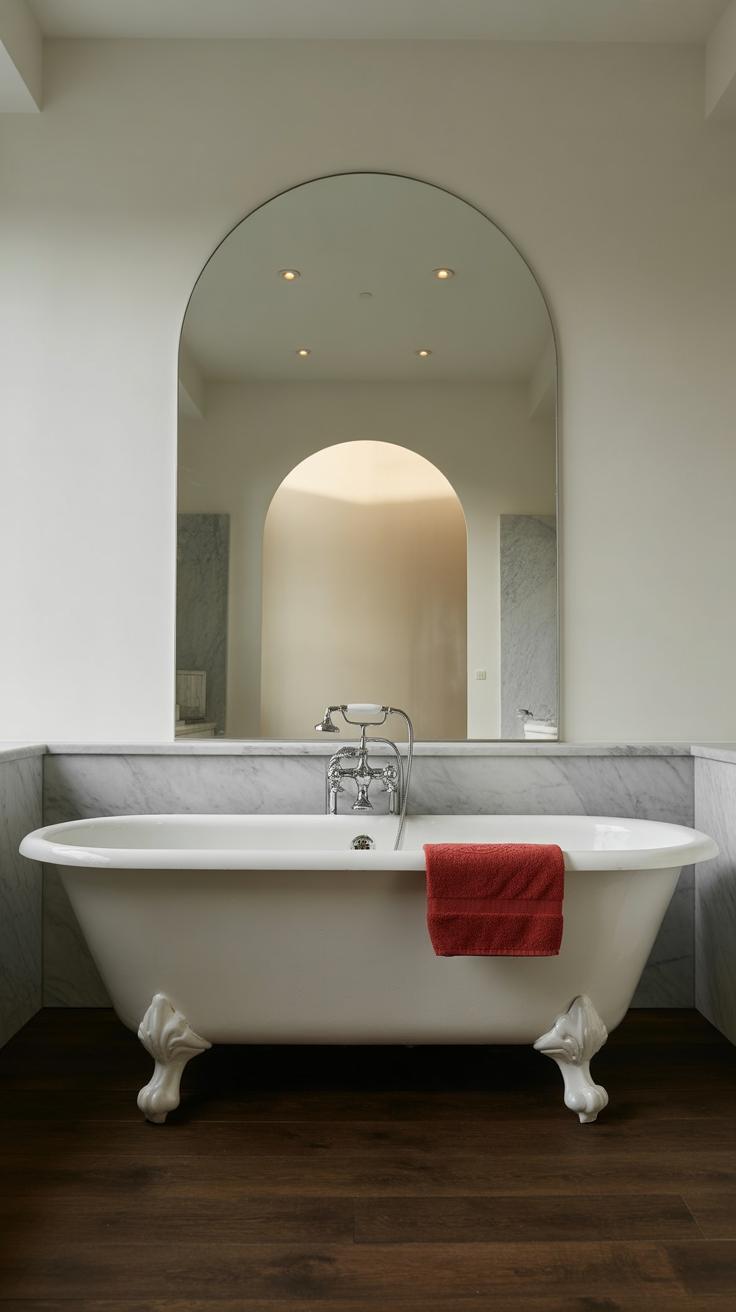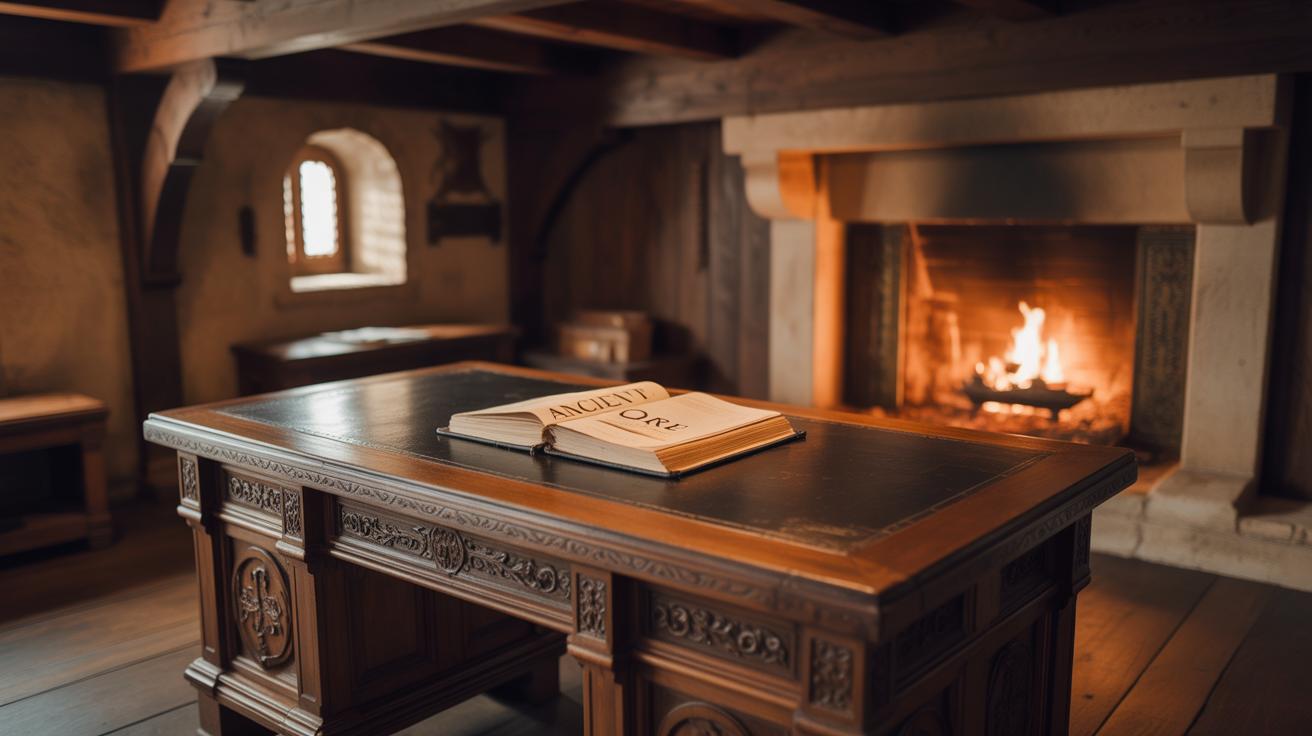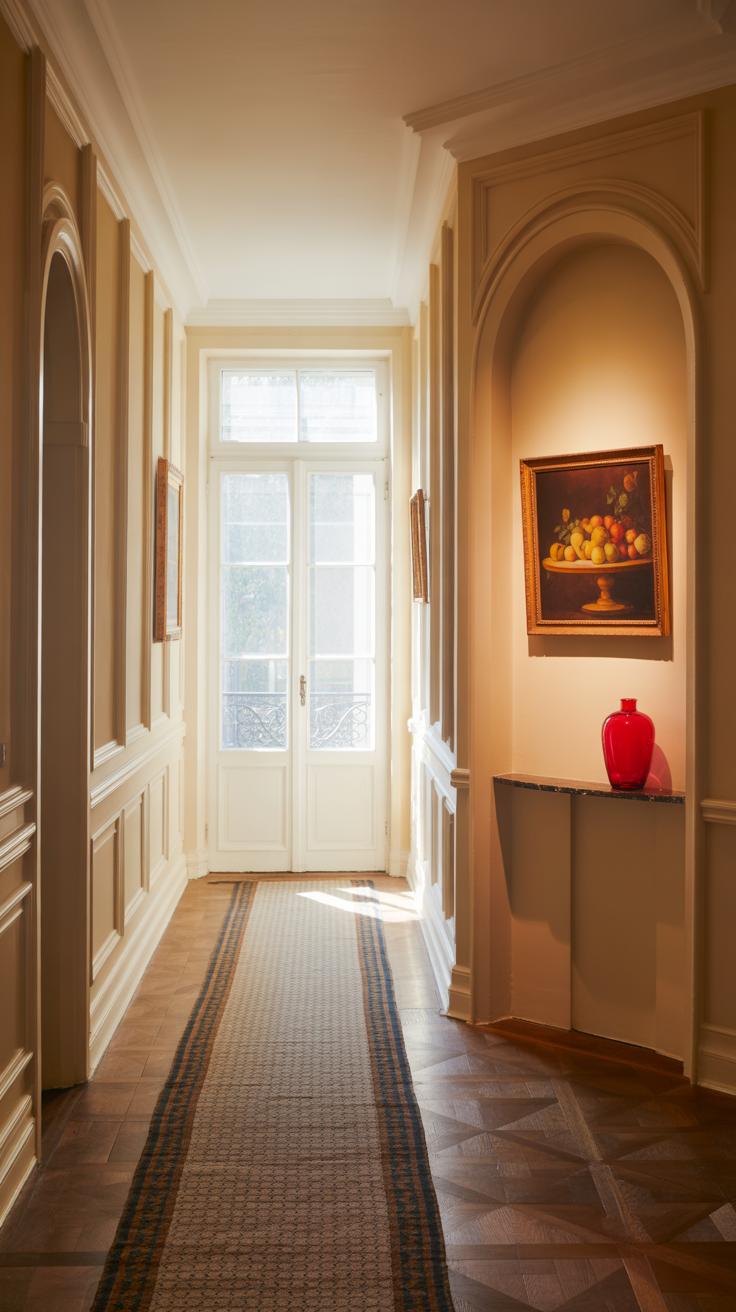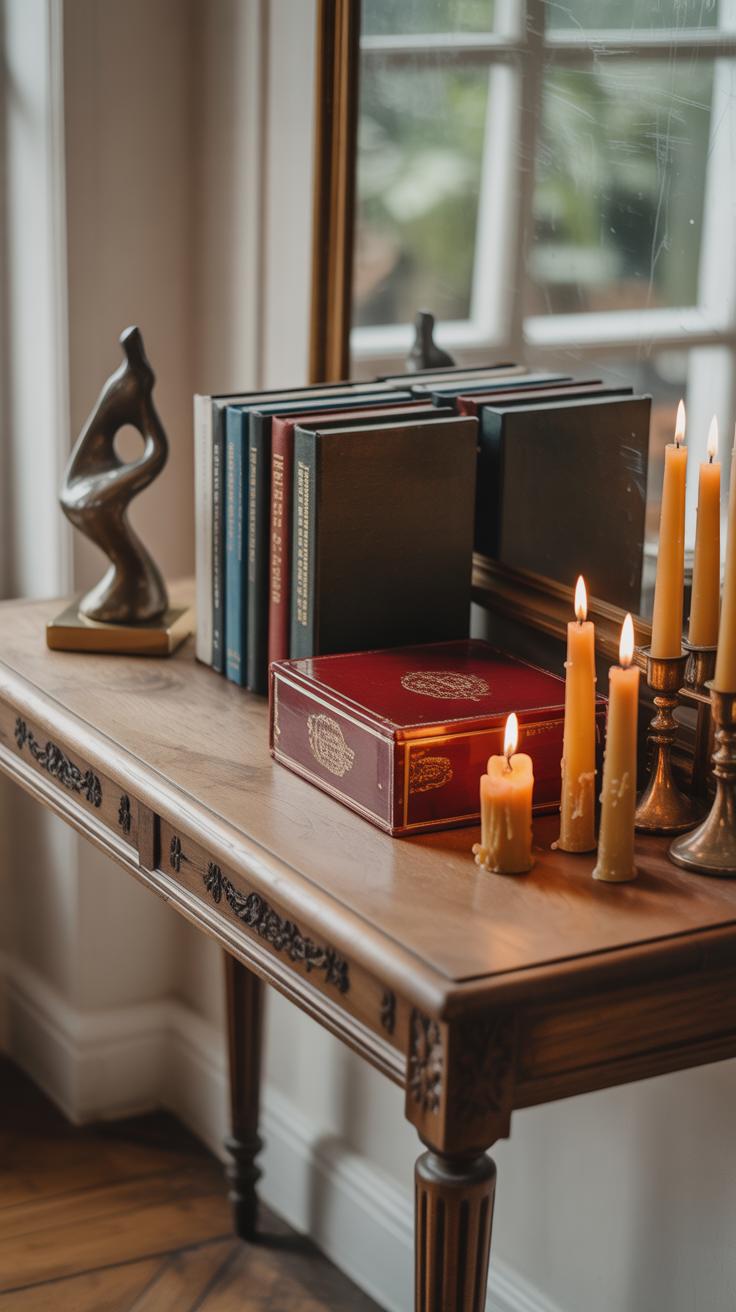Introduction
French chateau interiors hold a special place in decoration history. Rich in tradition, they combine elegance with comfort in every room. These interiors often tell a story. Stories of nobility, history, and French cultural roots. This guide breaks down the unique style room by room for you.
You will learn how to bring French charm to your spaces. From grand salons to cozy bedrooms, each area has its own character and needs. Follow this guide and start transforming your home by capturing the true essence of a French chateau inside.
Understanding French Chateau Style
Origins and History
French chateaux first appeared during the Middle Ages, originally serving as fortified homes for the nobility. Over time, especially during the Renaissance and the reign of Louis XIV, these structures transformed from defensive castles into grand residences reflecting power and taste. Their designs were influenced by a blend of medieval fortification and emerging Renaissance elegance, which paved the way for more refined and artistic interior spaces. The interiors were meant to impress guests, mixing comfort with grandeur. It’s interesting how these spaces weren’t just about looks—they reflected social standing and lifestyle.
When you think about how these historic roles shaped interiors, it starts to make sense why French chateau style emphasizes both form and function. Rooms were designed for specific uses: formal dining, leisure, or intimate gatherings, each decorated differently but keeping a cohesive aesthetic. This strong link between architecture and interior design is still a big part of what makes the style feel authentic today.
Key Characteristics
There are a few key traits that you’ll find again and again inside a French chateau. Materials play a big role: stone or plaster walls with intricate moldings, natural wood beams, and sometimes elaborate frescoes or tapestries. Furniture tends to be elegant, often antique or inspired by 17th and 18th-century styles, like Louis XV chairs or heavy, carved dressers. But it’s not all heavy and formal—there’s a softness, too, from things like plush upholstery and layered textiles.
The color palette usually stays somewhat muted but rich, with creams, soft blues, subtle golds, and dusty pastels. This restraint in color helps highlight craftsmanship and architectural details rather than overwhelm the senses. You’ll also notice symmetry in furniture and decor layout, though it’s not rigid—there’s room for personal touch and slight imperfection, which makes the space feel lived-in rather than museum-like.
So, when decorating, it helps to think about the balance between grand and comfortable, ornate and approachable. French chateau interiors keep pulling people in because they feel timeless, yet adaptable, almost like they’re waiting for you to make them your own. What’s your take on mixing antique pieces with modern comfort? It’s something this style really invites you to explore.
Choosing the Right Colors
The color choices in a French chateau interior shape not just the look but also the feel of the space. You want hues that offer a kind of quiet elegance without screaming for attention. Classic palettes usually lean toward creams, soft pastels like pale blues or rosy pinks, and touches of gold. These shades create a calm environment that invites relaxation yet keeps things refined.
Why do these colors work so well? Creams provide a warm, neutral base that gives rooms a timeless appeal. Pastels add subtle personality without overwhelming the senses. Gold tones, often seen in gilded mirrors or picture frames, bring a hint of luxury and depth. It’s a mix that manages to feel both light and substantial at the same time.
Using color across different rooms calls for some thought. For instance:
- In living rooms, creams and soft blues feel inviting and serene, perfect for conversation and comfort.
- Bedrooms might lean into gentle pinks or lavenders to encourage restfulness but keep it sophisticated.
- Dining areas, on the other hand, often benefit from warmer tones—perhaps a subdued gold or buttery cream—to stimulate appetite without seeming gaudy.
- Even hallway colors serve a purpose; lighter shades can make these transitional spaces feel open rather than cramped.
You might wonder if using these muted tones risks dullness. I’ve found that layering textures—velvet cushions, silk drapes, polished woods—brings the colors to life without straying from the traditional palette. It’s about striking a balance, letting the colors breathe while supporting the overall atmosphere.
Floor Materials and Treatments
French chateau interiors often showcase floors that speak as much about history as they do about style. Stone and wood feature heavily, each bringing a distinct feel to a room. Stone tiles—think limestone or flagstone—lend a cool, grounded quality that suits entrance halls or kitchens. They age beautifully, showing their wear over time with a kind of quiet dignity. Wooden floors, especially parquet, add warmth and sophistication. Parquet patterns, like the classic herringbone or chevron, create subtle movement underfoot that you might not notice at first but that enriches the room’s character.
Choosing your floor depends on more than looks. If you favor durability and low maintenance, stone might be tempting. Wood feels softer and more inviting, though it demands more care. Sometimes, mixing these materials within a chateau works—stone in high-traffic areas, wood elsewhere.
Rugs play a surprisingly big role. They don’t just soften a room—they define its style. Think richly patterned Aubusson or Oriental rugs, which bring texture and comfort while anchoring furniture groups. Patterns should complement, not compete, with the floor. Layering a worn, handwoven rug over aged stone is a small luxury—you might feel that cozy contrast immediately.
Floor treatments finish the job. Waxed wood surfaces give a bit more shine and protection, while sealed stone keeps its look more natural. Sometimes, selective distressing on wood floors or subtle color washes on stones can add that lived-in feeling so cherished in chateau design.
How do you balance practical needs with your design vision? Would you choose the cool edge of stone or the embracing warmth of wood? And when it comes to rugs, do you lean towards bold patterns or muted tones? Floors are more than surfaces—they set the foundation for everything else.
Salon and Living Room Design
The salon is the heart of any French chateau, where both comfort and refinement meet. When choosing furniture, think of pieces that carry a story – ornate sofas with carved wooden frames, often gilded or painted, paired with softly upholstered armchairs. These are not just seats; they invite you to linger, to talk, to pause. A low coffee table, often with delicate inlays or subtle floral motifs, anchors the space without overwhelming it.
Lighting plays a crucial role here. A chandelier, often crystal or wrought iron, hangs overhead, casting a warm and inviting glow. Sometimes multiple sconces flank grand mirrors, creating reflections that multiply the light and the sense of space. Mirrors themselves are usually framed in intricate gold leaf – a bit of a nostalgic touch but always elegant.
Think about layering the walls, too. Ornate draperies or heavy linens soften the room and add a certain weight, while decorative wall hangings—like embroidered fabrics or classic paintings—offer focal points without cluttering. Sometimes, it feels like these details whisper stories more than shout them aloud.
So, when you arrange your salon, ask yourself: are you creating a space purely to impress, or one to enjoy? Maybe a mix of both is what gives it its character.
Dining Room Elegance
Creating a formal dining room in the French chateau style means focusing on rich woodwork and timeless details. For the dining table, look for pieces crafted from solid woods like walnut or oak, often with carved legs and a polished finish that shows a bit of age or character. These tables aren’t just surfaces; they set the tone for the whole room. Chairs should complement the table but with upholstery that softens the look—think velvet or linen in subdued, classic colors like deep blues, soft creams, or muted greens. The wood frame on chairs usually matches or contrasts gently with the table, often featuring intricate carvings or cabriole legs that invite guests to sit a while.
Lighting in a chateau dining room plays a surprisingly large role. A grand chandelier with crystal or wrought iron arms works well, but you might also consider wall sconces placed strategically to add warmth without glare. It’s about balance—too much brightness kills intimacy, too little feels cold. Accessories like ornate mirrors, gilded frames with classic paintings, or a vase of fresh flowers can elevate the space. Rugs with subtle patterns underfoot not only ground the furniture but keep voices from bouncing around the room. Sometimes, the quiet details—like a decanter or candleholders—are what really pull the room together. Have you ever noticed how the right lighting can make even simple dinners feel special? That’s the magic you aim for here.
Kitchen and Pantry Features
The kitchen in a French chateau feels rooted in tradition but refuses to be merely utilitarian. When you think about cabinetry, it’s often built from solid wood like oak or walnut, usually painted in soft, muted tones—cream, pale gray, or sometimes a gentle sage. These colors hold a quiet elegance and don’t scream for attention, letting the textures stand out instead.
Look for cabinetry with raised panels or simple carvings, not overly ornate but definitely with character. Sometimes you’ll find open shelves displaying classic pottery or copper pans, which adds warmth. The surfaces often favor natural stone—think limestone or granite—but never something too slick or ultra-modern. The kitchen should feel welcoming, a little rustic but polished.
Appliances tend to be hidden behind cabinet fronts matching the rest of the room. Instead of stainless steel boldly on display, dishwashers, fridges, and even ovens blend in. This concealment keeps the kitchen calm, focused on craft rather than gadgetry, though the appliances themselves should be top quality. I find it amusing how the most modern technology often hides behind the oldest-looking doors.
Then there’s the pantry, a cornerstone for chateau kitchens. More than storage, it’s almost a room of its own. Traditionally, pantries feature built-in shelves, glass-front cabinets, sometimes with a vintage latch or lock that feels deliberate. This isn’t a place for just stashing things; it’s meant to showcase fine preserves, baskets, and staples artistically arranged, yet still accessible.
Consider a classic butler’s pantry with marble countertops or a deep farmhouse sink if space allows. It may feel separate but should link naturally to the kitchen’s heart. Functional? Yes. Decorative? Absolutely. And somehow, these pantries hold a story—the quiet pulse behind daily meals and gatherings.
Master and Guest Bedrooms
Creating a French chateau bedroom means envisioning a space that feels both grand and quietly inviting. Beds are the anchor here—think canopies or ornately carved wooden frames, often with a soft patina or gilded details. The bed should take center stage, ideally positioned against a solid wall, maybe beneath a tall window or opposite a fireplace. Sometimes, though, shifting it slightly off-center works, giving the room a relaxed, less formal vibe, which can be surprisingly charming.
Textiles play a crucial role. Heavy draperies in rich fabrics like silk or velvet frame tall windows, adding depth and shadow to the room. Linen is popular too, layered beneath thicker quilts or embroidered coverlets. You might want to mix florals with stripes, or subtle damasks—there’s room for a bit of playful tension here.
When choosing bedding, don’t shy away from layering—sheets, blankets, quilts, and throws overlap, creating a lived-in, cozy effect. Colors often stay in soft pastels or muted tones, though occasionally a burst of deeper jewel tones adds drama. Curtains might sweep the floor, pooling just slightly for that natural, unforced elegance.
Ultimately, your chateau bedroom should balance the formality of classic French design with the warmth you want to feel every time you enter. Have you thought about how your personal touch might soften these historic influences?
Bathrooms with Timeless Appeal
Creating a bathroom that fits a French chateau style calls for a delicate balance between elegance and simplicity. Classic fixtures often steal the scene here. Think freestanding clawfoot tubs in white or soft pastel shades, paired with vintage-style faucets in polished brass or brushed nickel. Porcelain sinks with curved edges complement the look, while pedestal or vanity sinks with ornate carvings add subtle charm. Natural materials like marble or limestone remain favorites for countertops and floors, offering that cool but refined feel underfoot.
When it comes to tiles, I’ve found that soft, muted tones work best—ivory, pale gray, or soft blue with a matte finish. Sometimes a simple herringbone or basketweave pattern adds just enough texture without overwhelming the space. You might even consider encaustic tiles for a bit of pattern, but in restrained amounts.
Classic Fixtures and Materials
For bathroom hardware and fittings, here are some staples that suit the theme well:
- Brass or bronze taps with cross handles
- Porcelain and ceramic basins with scalloped edges
- Freestanding tubs with claw or ball feet in cast iron or acrylic
- Marble or limestone tiles in soft, natural shades
- Glass shelves with wrought iron or brass brackets
- Wall-mounted soap dishes and towel racks with ornate details
These choices give the space character without feeling overdone—or, well, they do for me anyway.
Decorative Elements and Lighting
Soft lighting plays a huge role in setting that timeless tone in your bathroom. Wall sconces flanking a mirror—preferably in an aged gold or painted wood frame—create a warm, inviting glow. Avoid stark overhead lights; instead, opt for fixtures that diffuse light gently.
Subtle decorative touches can make all the difference too. A vintage set of apothecary jars, perhaps, or a carefully placed vase with fresh flowers. Mirrors aren’t just functional but act as art pieces, often with distressed frames or etched glass. Adding a plush rug—something you maybe don’t expect in a bathroom but that feels right for a chateau—can provide unexpected warmth.
So, while you aim for elegance, keep in mind that a perfectly polished look might feel a little too formal here. A touch of imperfection, like slightly worn brass or softly chipped porcelain, can add personality without sacrificing style. Would you agree that sometimes, the best spaces are those that feel gently lived-in rather than museum-like?
Hallways and Staircases
Hallways and staircases act as more than just pathways in a French chateau. They are key moments where style says, “This is a place with history.” These spaces often carry the first impression of the home’s character. You can almost feel the weight of tradition when walking down a corridor or ascending a grand staircase—if the design is done right, that is.
For walls, think beyond plain paint. Wood paneling or subtle plaster finishes set a tone that’s quietly elegant. Don’t shy away from decorative moldings, though they shouldn’t overpower the space; look for balance, but maybe a touch of irregularity adds charm. Floors tend to be stone or wide plank wood; worn with age or purposely distressed, they invite you to linger, not rush.
Railings often prove the place where craftsmanship matters most. Wrought iron with delicate scrollwork or a carved wooden banister can catch the eye without shouting. And lighting—soft sconces or a chandelier that may be a little unexpected in scale—helps fill these transitional areas with warmth.
When it comes to art and accessories, it’s worth considering pieces that feel curated rather than crowded. A single large portrait, a vintage clock, or a console table with an aged vase works well here. Less is often more, but that can quickly feel bland if taken too far. You want personality, yet restraint.
Have you noticed how these spaces invite you to pause and look around? That quiet beauty is what makes hallways and staircases stand out in a chateau. They are not just links from one room to another, but moments of experience in themselves—displaying style through careful, deliberate choices.
Final Touches and Accessories
The smaller details often shape the true character of French chateau interiors. Think about art pieces, those carefully chosen portraits or landscapes that lend a sense of history—or sometimes a little mystery—to the walls. Mirrors, especially those with gilded or ornate frames, don’t just reflect light; they expand the space, making rooms feel larger and more inviting. And flowers—fresh or dried—bring softness and life, balancing the heavier architectural elements common in chateau designs.
Antiques play a special role here. A well-worn writing desk or a vintage clock isn’t just decoration; it tells a story and adds depth. Picking these pieces can be tricky. You might lean towards items with some patina or slight imperfections—they hold more charm than something too pristine. But beware of overcrowding. Too many antiques can weigh down a room rather than elevate it.
When selecting accessories, consider how they relate to each other. A large mirror opposite a detailed painting creates a visual conversation. Or, place a simple bronze statue beside an elaborate candlestick to introduce contrast. These subtle choices influence the overall feel more than you might expect.
Function and beauty often seem to pull in different directions, but blending them is key. For example, a sturdy sewing basket or a gilt tray might serve both practical uses and ornamental purposes. You don’t want to sacrifice usability for looks, or vice versa. I’ve seen rooms where everything was either too decorative to touch or too functional without soul. Finding the middle ground makes spaces memorable and livable.
Do you find yourself hesitating choosing between practicality and aesthetics? Sometimes, those “extra” objects you think are unnecessary might actually complete the story of a room. It’s a bit like finding the right balance on a tightrope—tricky, but rewarding when you get it right.
Conclusions
Creating French chateau interiors takes a balanced approach. Every room should reflect the classic style mixed with your personal touch. By focusing on colors, furniture, fabrics, and accessories, you can develop rooms that feel both grand and welcoming.
Your journey through this style can bring history and beauty into your daily life. Use these room by room tips to build interiors that honor French traditions and fit modern living. Let your home tell a story of timeless chateau elegance.

